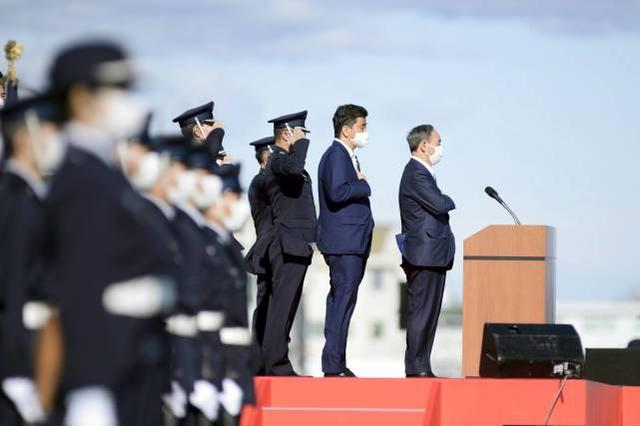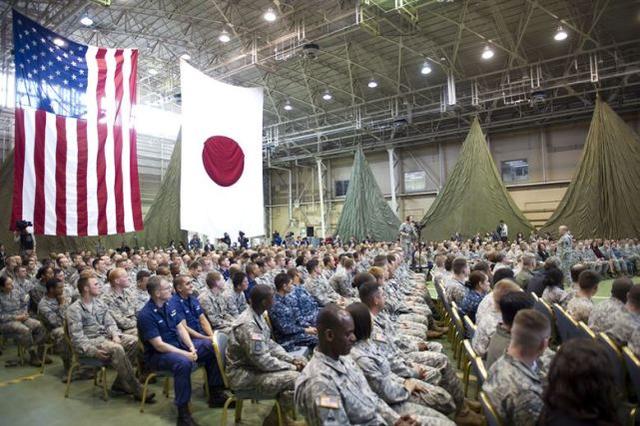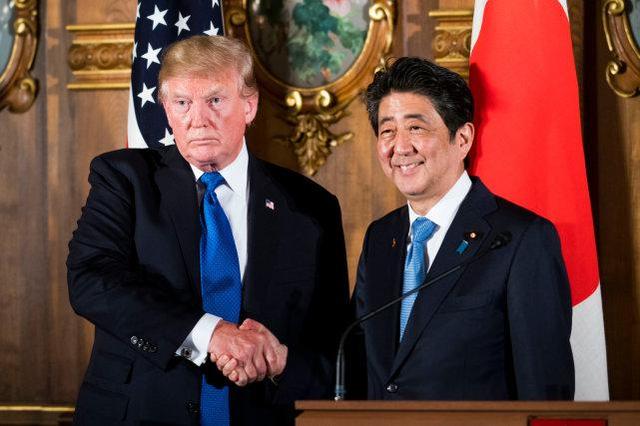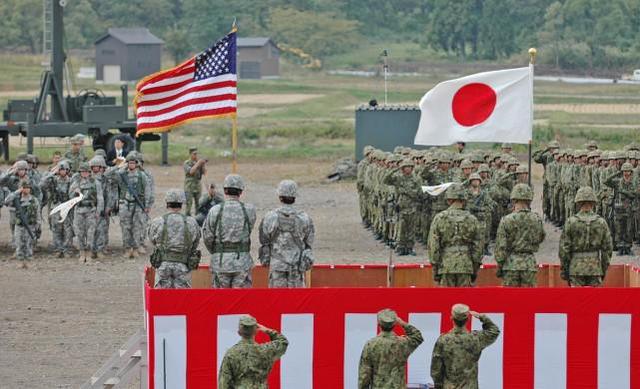According to the Japan Times on the 16th, 2020 is coming to an end, and Japan and the United States do not seem to reach a new agreement on how much Tokyo spends on the next five years to settle the U.S. military in Japan at the end of this fiscal year (March 31).
According to the report, due to the postponement of military spending sharing negotiations due to the epidemic, Japan hopes to continue long-term negotiations with the United States after U.S. President-elect Biden takes office in January next year. During this period, the Japanese government may approve a one-year agreement with roughly the same amount as this year.

According to the report, according to the agreement for fiscal year 2011-2015, Japan shares 188 billion yen in military expenditure annually, which has increased to about 200 billion yen per year under the agreement for fiscal year 2016-2020.
In the 2020 budget, JPY 1990 billion will be used for such “host country support”. These include the cost of civilian labor of 129.7 billion yen and utilities for the homes and entertainment facilities of the families of the U.S. military base of 22.3 billion yen, another 26 billion yen for social security expenditure, and about 21 billion yen will be spent on facility maintenance.
In fiscal year 2021, the Ministry of Defense’s budget proposal includes a “host country support” application of nearly 2030 billion yen. However, it seems unlikely that another five-year agreement will be reached before the end of this year. The report said that this is because the United States has been urging Japan to increase the cost-sharing of U.S. troops in Japan. U.S. President Trump is particularly under pressure to demand that Japan pay higher fees.
In his memoirs, John Bolton, a former national security adviser of the United States, revealed that Trump is considering requiring Japan to pay four times the amount of military spending per year from next year, and withdrawing troops as a negotiating strategy. But because Trump has lost the election and time has run out for such an agreement, the Japanese government is considering extending the current agreement of 200 billion yen a year for one year.

In the face of an aging population, rising social security costs caused by low fertility, and the economic losses caused by the epidemic, Japan’s negotiating strategy is to try to persuade the United States not to significantly increase the “host country support” budget, because [Japan] has contributed elsewhere, including the addition of 4,000 U.S. Marines. Part of the cost of moving from Okinawa Prefecture to Guam.
Last month, Japanese Foreign Minister Toshimitsu Mogi talked about Japan’s cooperation with the United States in space, cyber security and regional security. However, in terms of the specific annual amount of a possible longer-term “host country support” agreement, Japan’s strategy is to negotiate after Biden takes office.
For the current situation of riding a tiger, the Japanese media seems to have bitterness in their hearts. The article said that in January 1960, Japan and the United States signed a security treaty. The United States promised to protect Japan in the event of an attack on Japan, but did not stipulate that Japan had an obligation to defend the United States. The two sides also signed the Status of Military Agreement, which stipulated Japan’s responsibilities for the admission of the U.S. military. At that time, it only meant providing facilities and land.

However, in the following decades, the exchange rate of the yen against the US dollar rose, which directly led to the higher cost of US military presence in Japan, so the United States put pressure on Tokyo for help. In 1978, Japan agreed to provide more funds, especially for Japanese employees working in U.S. military facilities. Senior Japanese officials called the funding a “compassionate budget” in response to the request of the U.S. government. The United States does not like the word. Although it is still used today, its official name is “host country support”.
Until 1987, “host country support” was basically provided temporarily. In 1987, the parties agreed to formalize such funding through a series of special measures agreements. These agreements establish a long-term basis for the types of costs borne by Japan and the expansion of Japan’s funding.



